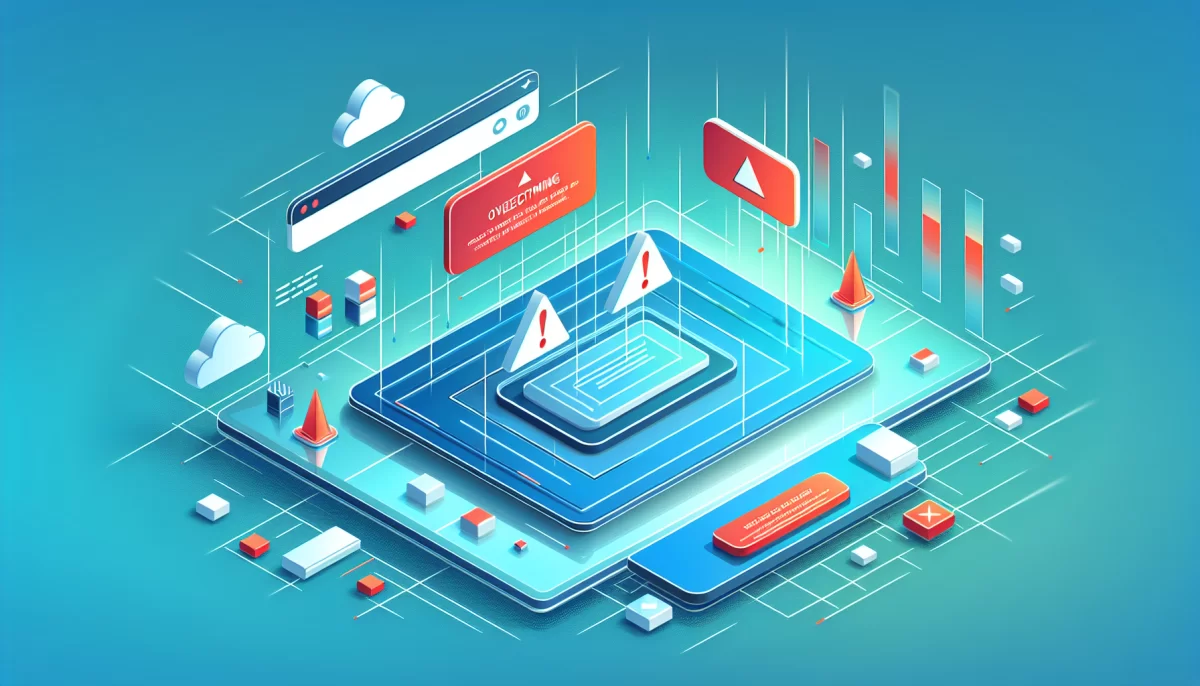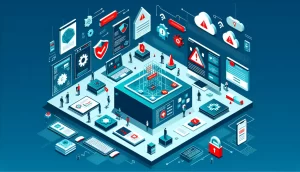How to Find and Remove Malware From Websites
Malware remains one of the most significant threats websites face today. According to Google’s Safe Browsing Transparency Report, thousands of new unsafe websites are identified daily, many infected with various malware types. This growing threat demands swift and effective responses to protect your site, visitors, and online reputation.
Recognizing Signs of Malware on Your Website
The sooner you detect malware, the less damage it causes. Some infections manifest visibly, such as website defacement, which replaces your content with hacker messages or images and can be recognized even by an untrained eye. However, many malware types stay hidden to avoid detection, quietly undermining performance and risking your visitors’ security.
Watch for these common symptoms:
- Sudden, unexplained changes in website appearance, including defacement
- Warnings or alerts from your hosting provider about malware detection, which might lead to account suspension
- Suspicious or spammy content appearing in search engine results
- Unexpected pop-up ads, redirects, or unauthorized automatic downloads
- New, unrecognized admin users or altered login credentials
- Missing, corrupted, or modified website files
- Pages freezing or crashing frequently
- Sharp declines in website traffic or user engagement metrics
- Google or other search engines blacklisting your website and displaying security warnings
- Slower page load times or sudden spikes in server resource usage
- Disabled or changed security plugins or tools without your consent
Ignoring these signs can have severe repercussions, especially for small businesses. Malware can harm your SEO rankings, diminish customer trust, and lead directly to revenue losses.
Step-by-Step Guide to Remove Malware From Your Website
Whether you manage your website yourself or hire professionals, addressing malware infections quickly and thoroughly is critical. Here is a clear, stepwise approach to cleaning your site and preventing future attacks.
1. Back Up Your Website Immediately
Before making any changes, create a complete backup of your site. This safety net allows you to restore your website if the cleaning process encounters problems. If you have a recent backup from before the infection onset, restoring it might eliminate much of the malicious code instantly. However, find and fix the original vulnerability to prevent reinfection.
2. Identify the Malware Source
Access your files through FTP, SSH, or your hosting provider’s file manager. Review recent file modifications or check logs (such as “malware.txt” files) often generated by hosting providers. Download your site files locally to scan for suspicious code fragments or altered files. Use command line tools if possible to locate recently changed files.
3. Analyze Suspicious Files Carefully
Malware frequently hides inside legitimate files, injected with malicious code. Simply deleting these files may break your website’s functionality. For sites running popular content management systems (CMS) like WordPress, Joomla, or Drupal, compare suspicious files with clean versions from official CMS packages. Replace infected files rather than outright deletion to maintain site integrity.
4. Remove the Malware
Manually delete malicious code or replace corrupted files with clean versions. If manual cleanup seems complex or time-consuming, consider automated tools like SiteLock’s malware removal service. Automated solutions can quickly detect and sanitize deep-rooted infections to restore site health effectively.
5. Harden Your Website to Prevent Future Attacks
Post-cleanup, strengthen your website’s defenses with these essential measures:
- Keep your CMS, plugins, and themes up to date with the latest security patches (source)
- Remove unused or unnecessary plugins to minimize potential attack vectors
- Use strong, unique passwords and enable multifactor authentication where possible
- Deploy a web application firewall (WAF) to filter out malicious traffic before it reaches your site
- Schedule regular backups to enable fast recovery in case of future incidents
- Implement a comprehensive website security plan with continuous malware scanning and monitoring
Taking a proactive, layered approach will reduce the risk and impact of malware attacks.
Why Website Security Is a Continuous Effort
Cybercriminals constantly evolve their tactics to exploit emerging vulnerabilities. No website is ever entirely immune without ongoing vigilance. Regular updates, swift patch deployment, and continuous monitoring are fundamental to maintaining website security.
Recent research from Verizon’s Data Breach Investigations Report 2024 reveals that over 60% of website breaches involved vulnerabilities patched months prior, emphasizing the consequences of delayed updates.
Automated malware scanners and patch management tools can greatly simplify these upkeep tasks, making it easier for site owners to stay ahead of threats.
Special Considerations for eCommerce Websites
For eCommerce sites, safeguarding against malware is even more vital. Infections can degrade performance, disrupt crucial checkout processes, and expose sensitive customer data, including payment information and login credentials.
Beyond technical risks, the principal concern is loss of customer trust. According to Symantec’s 2019 Report, 79% of customers avoid businesses after a data breach. Search engine blacklisting or warnings further erode traffic and revenue, potentially undoing years of brand building in moments.
Therefore, a proactive, layered cybersecurity strategy is essential to protect your eCommerce business and customers.
Handling a Hacked Website with Confidence
All website owners should grasp basic malware removal principles but recognize that security is an ongoing battle. Manual cleanups can be time-intensive and challenging, so leveraging automated cybersecurity solutions is advisable.
Tools like SiteLock’s automated malware scanning and web application firewalls (WAFs) provide powerful layers of defense by detecting threats early and blocking attacks before damage spreads.
If you are unsure about how to remove malware or require expert assistance, SiteLock’s security specialists can support you. Their services include website scanning, detailed health reporting, and automated threat removal, offering peace of mind and rapid recovery. Check out pricing options tailored to your business needs.
Additional Resources on Malware and Website Security
- What is Malware?
- Common Types of Malware
- The Evolution of Malware Detection
- How Malware Infects Websites
- The Dangers of Malware on Business Websites
- Impact of Malware on Small Businesses
- How to Check Your Website for Malware
- Effective Ways to Protect Your Website from Malware
Take action today to safeguard your website, reputation, and business growth. Early detection, prompt malware removal, and ongoing protection are the keys to a secure, trusted online presence.



